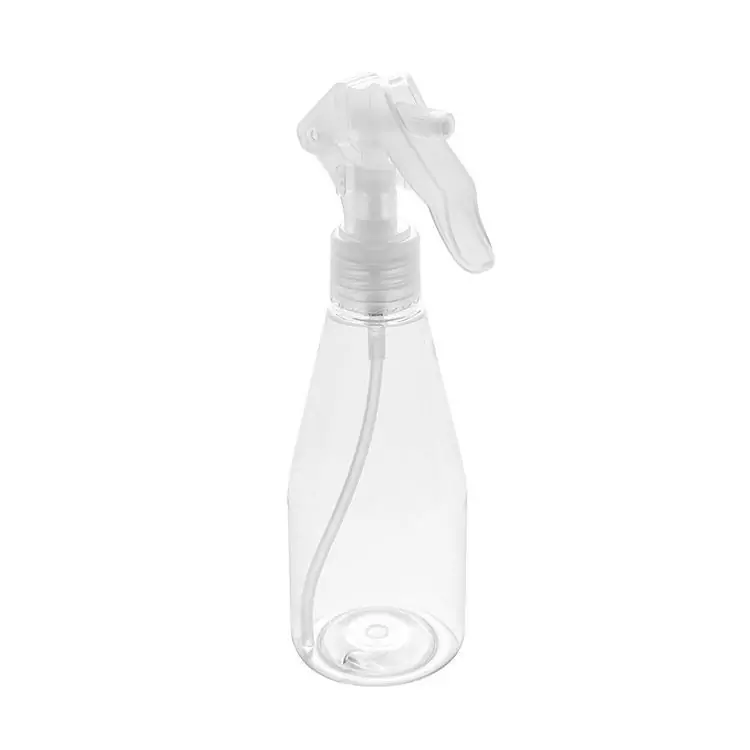Plastic bottles are ubiquitous in our daily lives. They are made from a variety of materials, each with its own characteristics.
One of the most common materials for plastic bottles is polyethylene terephthalate (PET). PET bottles are transparent, lightweight, and strong. They are widely used for packaging beverages like water, soda, and juice. PET is also recyclable, which makes it an environmentally friendly choice to some extent.
Polyethylene (PE) is another material used for plastic bottles. There are different types of PE, such as high-density polyethylene (HDPE) and low-density polyethylene (LDPE). HDPE bottles are often used for packaging household cleaning products and detergents. They are durable and can withstand harsh chemicals. LDPE is softer and more flexible, and is sometimes used for making squeeze bottles.
Polypropylene (PP) is also a popular choice for plastic bottles. PP bottles are resistant to heat and chemicals. They are often used for packaging products like shampoo, lotion, and medicine. PP is also recyclable.
Another material is polyvinyl chloride (PVC). PVC bottles are rigid and can be made in different colors. However, PVC is not as widely used as PET, PE, and PP due to concerns about its environmental impact.
In conclusion, plastic bottles are made from a range of materials including PET, PE, PP, and PVC. Each material has its own advantages and disadvantages, and the choice of material depends on the intended use of the bottle. As we become more aware of the environmental impact of plastic waste, it is important to consider the recyclability and sustainability of these materials.
Prev: The Environmental Impact of Plastic Bottles in the Hair Care Industry